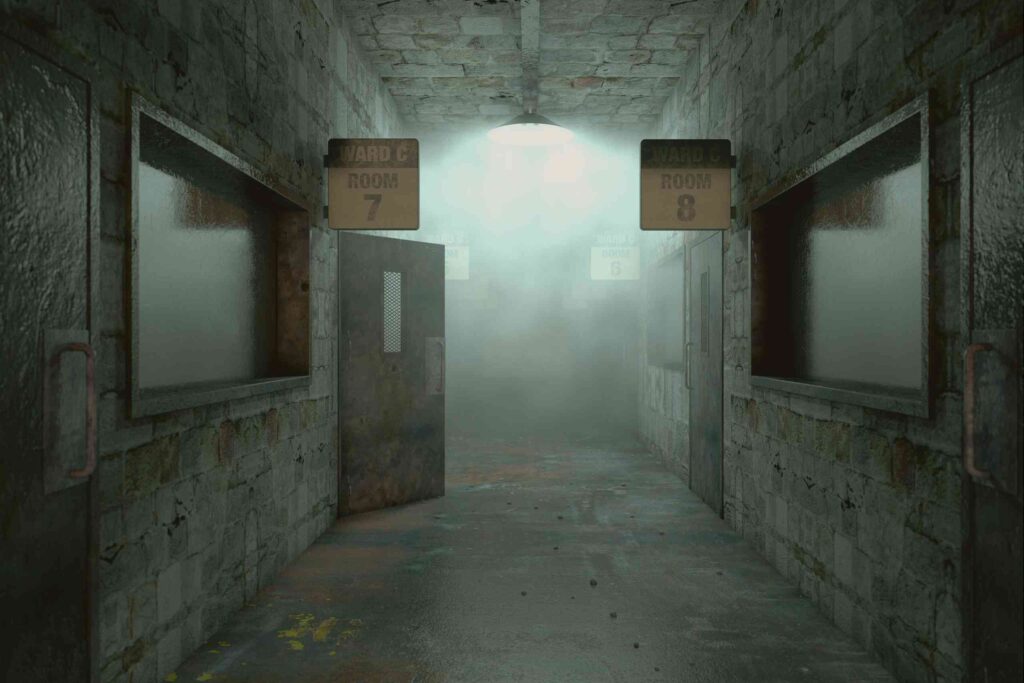The Art of Creating a Haunted House: Tips And Tricks for a Spooky Atmosphere

The art of creating a haunted house involves meticulous planning and clever use of lighting, sounds, and props. These elements create an eerie atmosphere that thrills and scares visitors.
Transforming an ordinary space into a spine-chilling haunted house requires creativity and attention to detail. Start by choosing a theme that guides your decorations and scares. Use dim lighting, flickering candles, and strategically placed shadows to create a sense of dread.
Incorporate eerie sounds like whispers, creaks, and ghostly moans to unsettle visitors. Prop placement is crucial; think cobwebs, creepy dolls, and skeletons. Costumed actors can enhance the experience, providing unexpected scares. Finally, ensure a safe environment by securing all props and providing clear pathways. A well-executed haunted house leaves a lasting impression.
Planning The Haunted House
A theme gives your haunted house a unified look. Choose a theme like ghosts, zombies, or monsters. This helps in planning decorations and scares. A strong theme keeps visitors engaged and frightened.
Create a budget to manage costs. List down essentials like costumes, decorations, and props. Allocate funds for lighting and sound effects. Opt for DIY projects to save money. Stick to the budget to avoid overspending.
Designing The Layout
Start by drawing a floor plan. Use simple lines to show walls and doors. Mark where each scare zone will be. Keep hallways narrow to make it feel cramped. Add dead ends and fake doors to confuse guests.
Divide the house into different themed areas. Each scare zone should have a different theme. Use props and decorations to match the theme. Place actors in hidden spots to scare guests. Use sound effects to add to the atmosphere. Make sure each zone has a clear path for guests to follow.
Lighting And Sound Effects
Shadows can make any space look spooky. Place lights behind objects to cast creepy shadows on walls. Use dim lights to create a sense of mystery. Moving shadows can make it look like someone is lurking. Try using a flickering light to add unpredictability.
Eerie sounds can send chills down anyone’s spine. Play low, rumbling noises to make the space unsettling. Add random creaks and footsteps to mimic someone walking. Use howling winds to create a sense of isolation. Whispers can make guests feel uneasy, as if someone is right behind them. Avoid loud sounds; subtle ones work best for a haunted feel.
Decorations And Props
Create spooky decor with easy DIY projects. Use old sheets to make ghosts. Hang them from trees or ceilings. Cut out paper bats and spiders. Stick them on walls and windows. Carve pumpkins with scary faces. Place them at doorsteps or in dark corners. Make cobwebs with white yarn or cotton balls. Stretch them across furniture and doorways. Use dim lighting to enhance the eerie feel. Try using red or blue bulbs.
Buy props at thrift stores or online. Search for creepy dolls, masks, and skeletons. Use fake blood and rubber body parts for added fright. Create tombstones with cardboard and paint. P
Costumes And Makeup
| The key to creating a haunted house is selecting characters that suit your theme. Choose ghosts, zombies, or vampires for a classic touch. |
| For a more unique experience, consider applying special effects makeup to enhance the spooky atmosphere. Use prosthetics and fake blood for added realism. |
Safety Considerations
Ensure pathways are clear and well-lit to prevent accidents. Use fire-resistant decorations and maintain proper ventilation for safety.
Ensuring Fire Safety
Fire safety is very important in a haunted house. Use only flame-resistant materials for decorations. Keep fire extinguishers nearby and easy to access. Avoid using real candles; opt for LED candles instead. Check all electrical cords for any damage. Do not overload electrical outlets. Make sure all smoke alarms are working properly.
Providing Clear Exits
Clear exits are crucial for any haunted house. Mark all exits with bright signs. Ensure all exit paths are free from obstacles. Use glow-in-the-dark tape to highlight pathways. Inform guests about exit locations before they enter. Keep emergency lights ready in case of power failure. Ensure all staff members know emergency procedures.
Now you have the tools to create a spine-chilling haunted house. Utilize lighting, sound, and decor to set the perfect eerie ambiance. Remember, attention to detail is key for a truly immersive experience. Get ready to thrill your guests with a haunted house they won’t soon forget!
